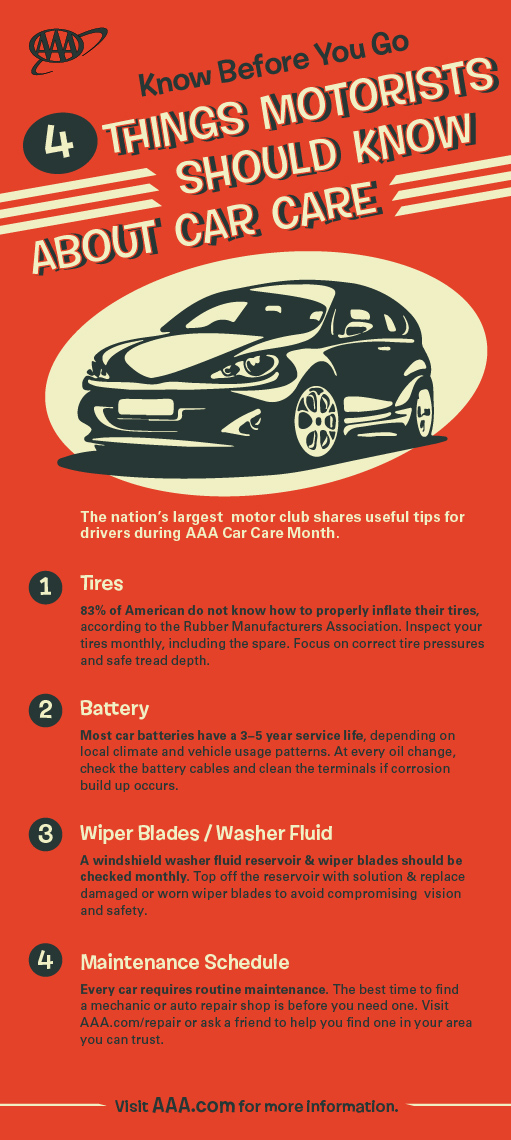Assessing Your Automobile'S Warning Indicators: What They Really Communicate
Assessing Your Automobile'S Warning Indicators: What They Really Communicate
Blog Article
Material Composed By-Samuelsen Gilbert
When you're behind the wheel, those radiant warning lights on your control panel can be a little bit puzzling. Do you know what they're trying to inform you about your automobile's health and wellness? Comprehending the importance of these lights is vital for your safety and security and the long life of your vehicle. So, the next time among those lights turns up, wouldn't you wish to understand its message properly and take the necessary actions to address it?
Common Warning Lighting and Interpretations
Recognize usual caution lights in your vehicle and understand their definitions to ensure risk-free driving.
The most normal caution lights include the check engine light, which signifies problems with the engine or discharges system. If engine cleaning service comes on, it's essential to have your vehicle checked promptly.
The oil pressure alerting light suggests low oil pressure, needing immediate attention to stop engine damage.
A blinking battery light might recommend a damaged billing system, potentially leaving you stranded otherwise resolved.
The tire stress surveillance system (TPMS) light alerts you to reduced tire pressure, impacting vehicle security and gas effectiveness. Neglecting this might bring about dangerous driving problems.
The ABS light shows a problem with the anti-lock stopping system, compromising your capability to quit rapidly in emergencies.
Lastly, the coolant temperature advising light warns of engine overheating, which can cause severe damages if not fixed quickly.
Comprehending these typical caution lights will aid you deal with issues quickly and maintain risk-free driving conditions.
Relevance of Prompt Attention
Understanding the typical warning lights in your automobile is only the very first step; the importance of without delay resolving these cautions can not be highlighted sufficient to guarantee your safety and security when driving.
When a caution light brightens on your control panel, it's your cars and truck's way of interacting a potential issue that needs interest. Ignoring these cautions can result in more severe issues in the future, endangering your safety and security and possibly costing you extra in repairs.
Motivate interest to alerting lights can stop malfunctions and mishaps. For instance, a flashing check engine light might indicate a misfire that, if left neglected, could cause damages to the catalytic converter. Addressing this without delay can conserve you from a costly repair.
Likewise, https://www.carandbike.com/news/tips-to-increase-cars-ac-in-coming-summer-seasons-3015328 advising light could indicate low brake liquid or used brake pads, essential components for your security when driving.
Do It Yourself Troubleshooting Tips
If you observe a warning light on your control panel, there are a few DIY repairing suggestions you can attempt prior to seeking expert help.
The primary step is to consult your auto's handbook to comprehend what the details warning light shows. Sometimes the issue can be as straightforward as a loose gas cap activating the check engine light. Tightening the gas cap might solve the problem.
One more usual problem is a low battery, which can activate numerous alerting lights. Checking the battery links for corrosion and ensuring they're protected might take care of the issue.
If a caution light persists, you can try resetting it by disconnecting the automobile's battery for a few minutes and after that reconnecting it. Additionally, checking your lorry's fluid levels, such as oil, coolant, and brake liquid, can assist fix advising lights related to these systems.
car cleaning near me
In conclusion, comprehending your automobile's caution lights is necessary for keeping your vehicle running smoothly and safely. By immediately addressing these signals and recognizing what they indicate, you can stay clear of pricey fixings and possible break downs.
Keep in mind to consult your automobile's manual for specific details on each warning light and take action appropriately to guarantee a hassle-free driving experience.
Stay notified, stay safe on the road!
